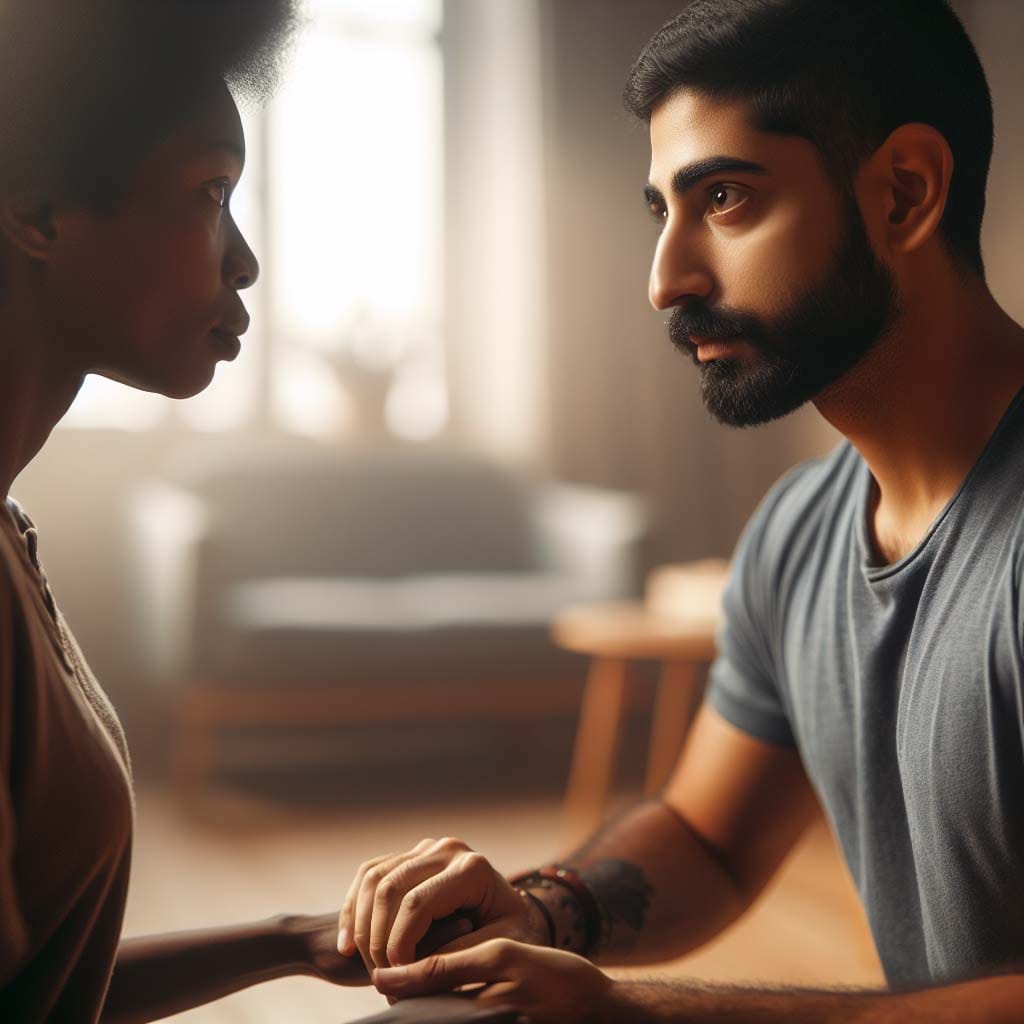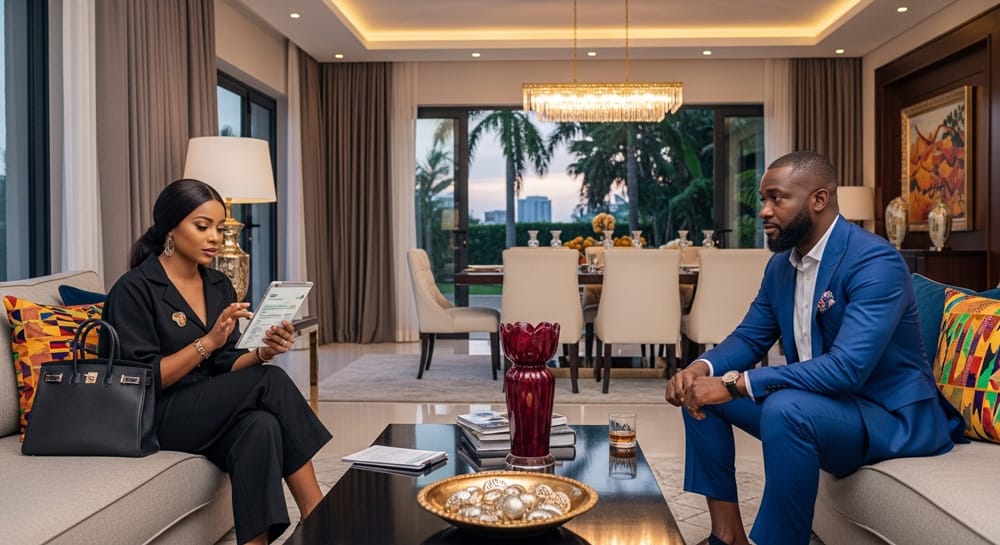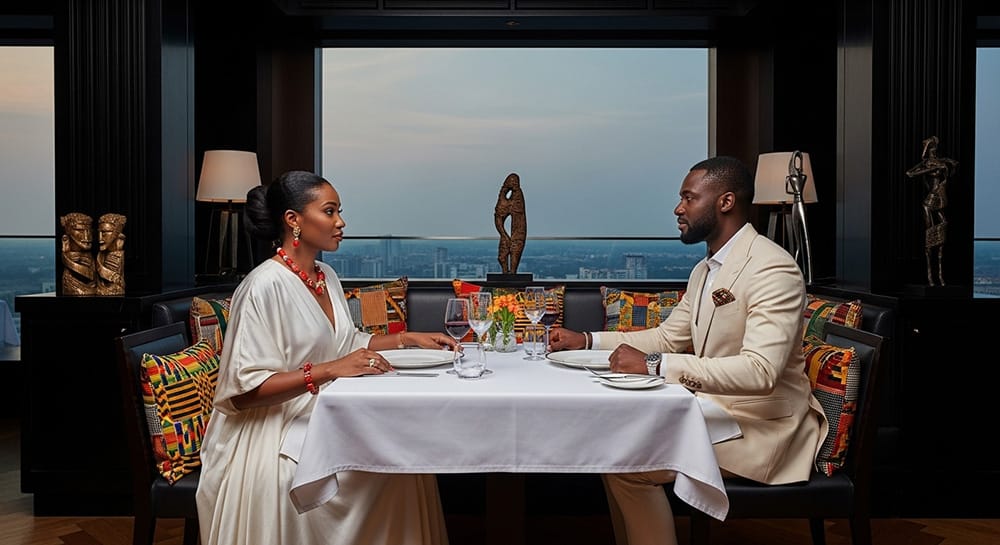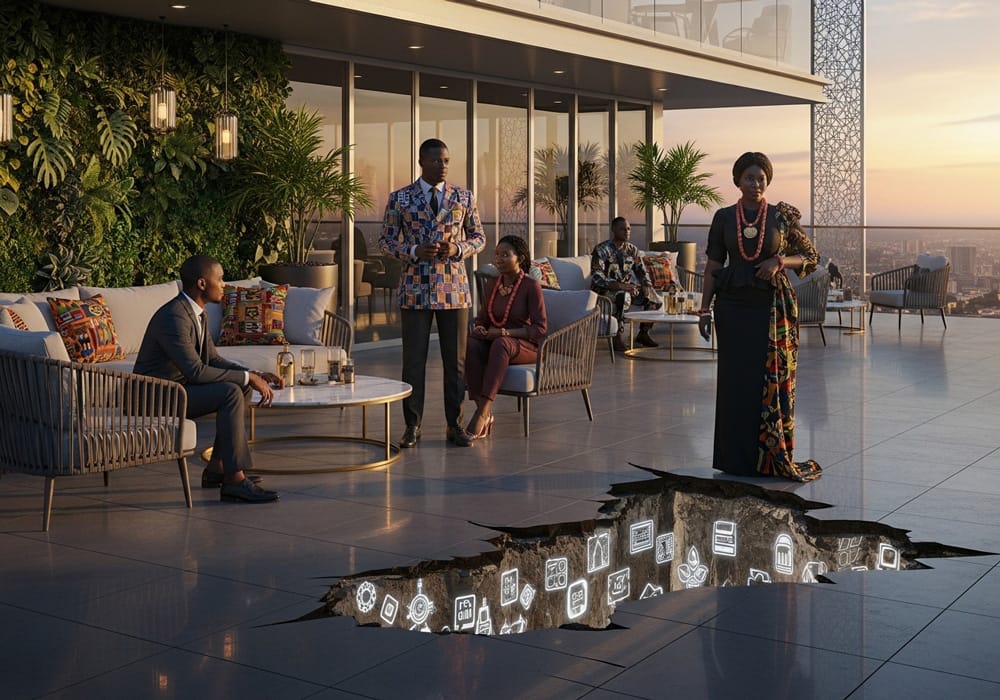When you’re on the hunt for a great relationship, your nonverbal cues are just as important as your words. A simple, genuine glance can spark attraction, but there’s a fine line between showing interest and coming off as intrusive. In this guide, we’ll break down what differentiates appreciative or curious looking from uncomfortable staring—and how you can use your gaze to signal genuine interest without crossing into leering territory.
Appreciative vs. Intrusive: What’s the Difference?
Appreciative Looking
- Natural & Brief: An appreciative look is quick and natural. It’s the kind of glance you give when you notice someone attractive or interesting, often accompanied by a warm smile.
- Open & Respectful: It conveys curiosity without demanding attention. The eyes remain soft, and the look is friendly rather than intense.
- Context-Sensitive: In a relaxed setting like a café or social gathering, a fleeting, genuine glance can signal that you appreciate her style or presence without making her feel cornered.
Intrusive Staring (Leering)
- Prolonged & Intense: Leering is characterized by an unnaturally long, fixed stare. It can make the other person feel watched, objectified, or even unsafe.
- Aggressive Body Language: If the gaze is accompanied by a hardened expression or aggressive posture, it can easily tip into the territory of unwanted attention.
- Misinterpreted Intentions: Staring often comes off as an attempt to scrutinize or evaluate in a way that feels invasive. It’s less about genuine interest and more about a lingering, unwanted focus.
Social Etiquette and Context Matter
Read the Room
- Environment is Key: In busy public places, people are often more guarded. A quick, respectful glance is usually fine—but if you’re in a quieter setting, prolonged eye contact might be misinterpreted.
- Cultural Cues: Eye contact norms can vary across cultures. In some settings, even a slight lingering gaze might feel overly intense, while in others, it can be a natural way to connect.
Balance Is Everything
- Check for Reactions: If she notices your glance and smiles or returns eye contact, it’s likely a positive sign. But if she quickly looks away or seems uncomfortable, it’s time to ease off.
- Non-Verbal Feedback: Body language like relaxed posture, open gestures, and reciprocal smiling can indicate that your look is being received well. Conversely, crossed arms or a quick shift of gaze might signal disinterest or discomfort.
Tips for Using Your Gaze Effectively

- Keep It Brief and Natural: Aim for a quick, appreciative glance—just a second or two—before naturally looking away. This shows interest without making it feel forced.
- Pair It with a Smile: A gentle smile softens your look and makes your gaze feel warm and welcoming rather than invasive.
- Be Mindful of Your Environment: Adjust the intensity of your eye contact based on where you are. In low-key settings, a soft, intermittent gaze works best; in more dynamic social environments, allow your attention to shift naturally.
- Practice Self-Awareness: Notice how others respond to your eye contact. If someone seems uncomfortable, consider it a cue to dial back. Your goal is to create connection—not to intimidate or unsettle.
- Maintain a Relaxed Expression: Keep your eyes relaxed and avoid fixating too hard. Think of your gaze as part of a friendly conversation rather than a silent interrogation.
Conclusion
Understanding the subtle difference between looking with genuine interest and leering with intrusive intent can make all the difference in how you connect with potential partners. By being aware of your own nonverbal cues and adjusting based on context and feedback, you can create an inviting, respectful presence that sparks attraction naturally.
Mastering this art isn’t about following a strict set of rules—it’s about being attuned to the moment, showing respect, and conveying sincere interest. With practice, your respectful gaze will not only make you more attractive but also pave the way for more meaningful, genuine connections.











